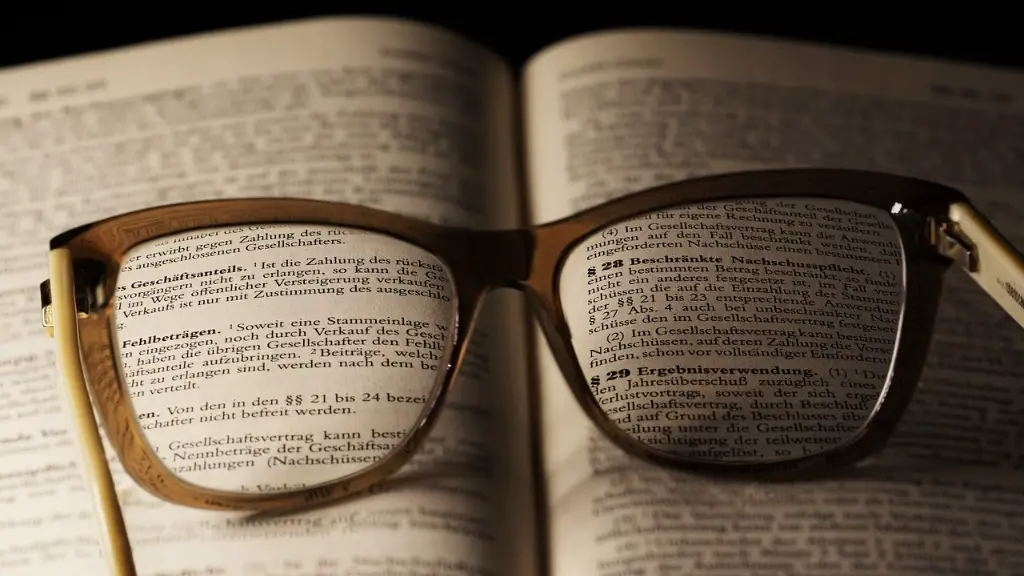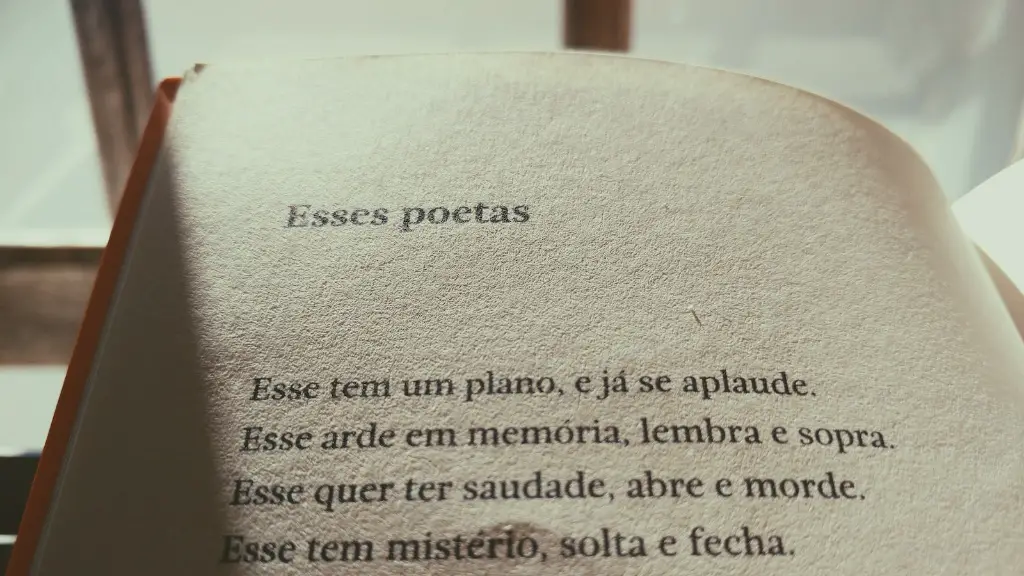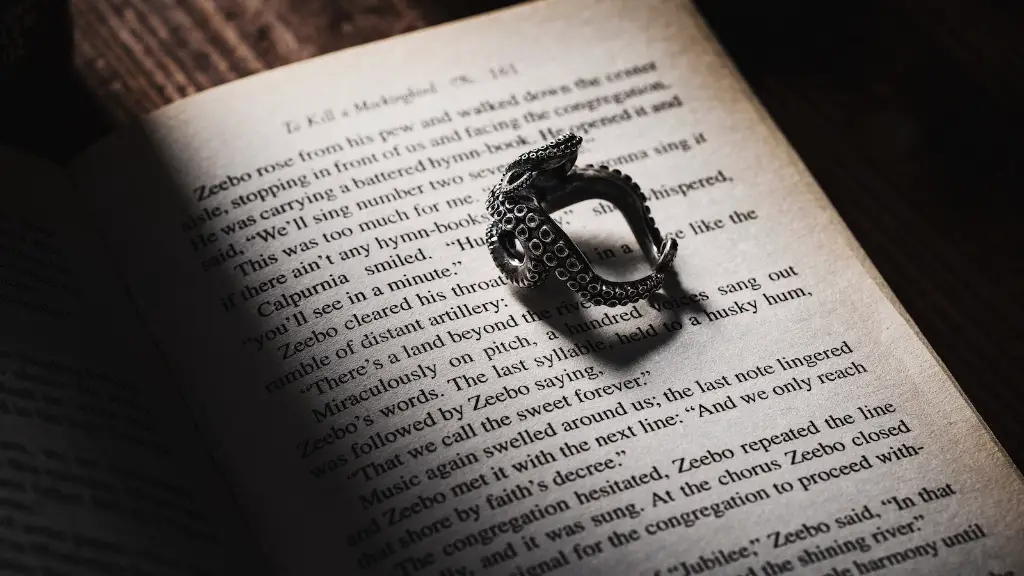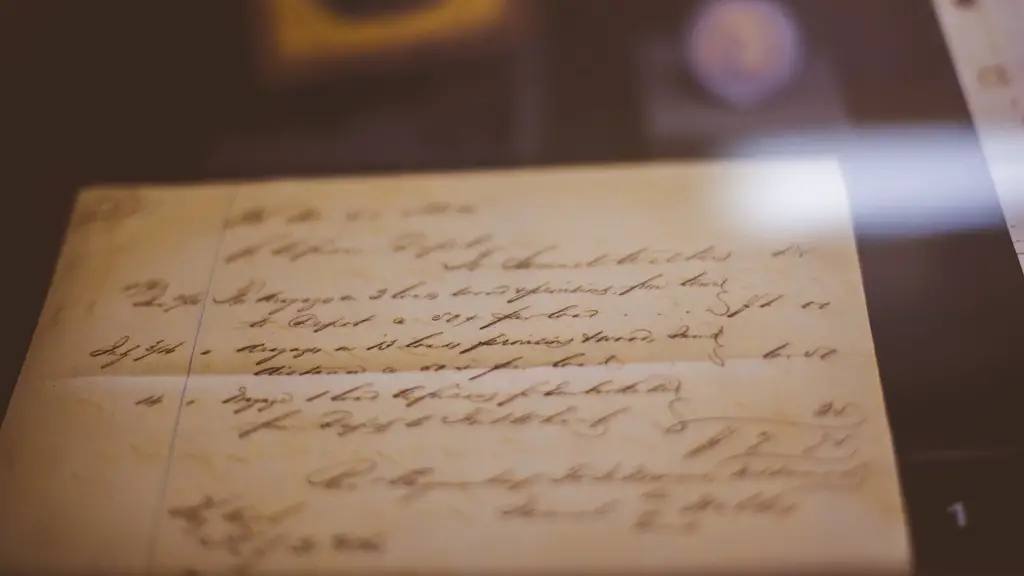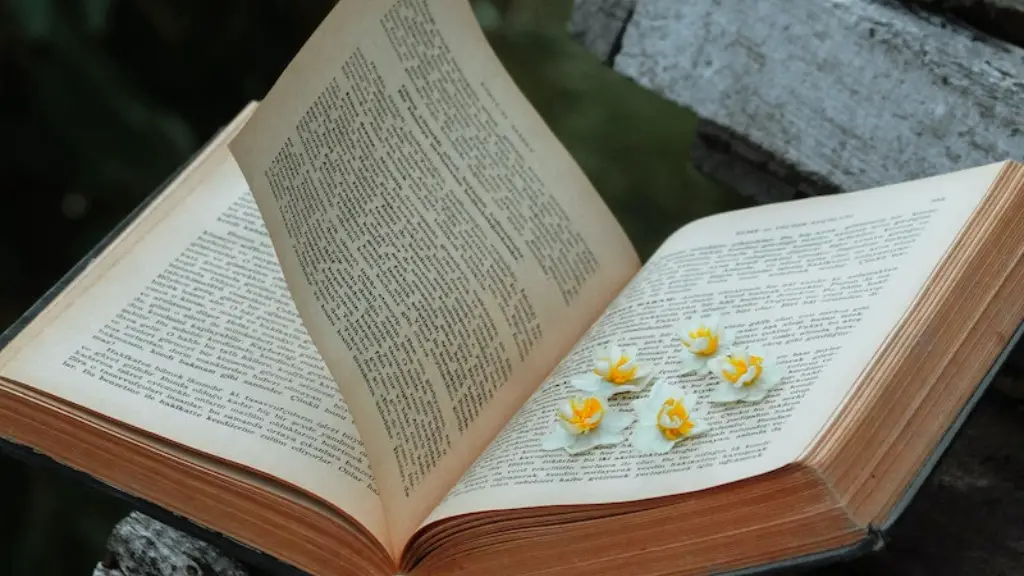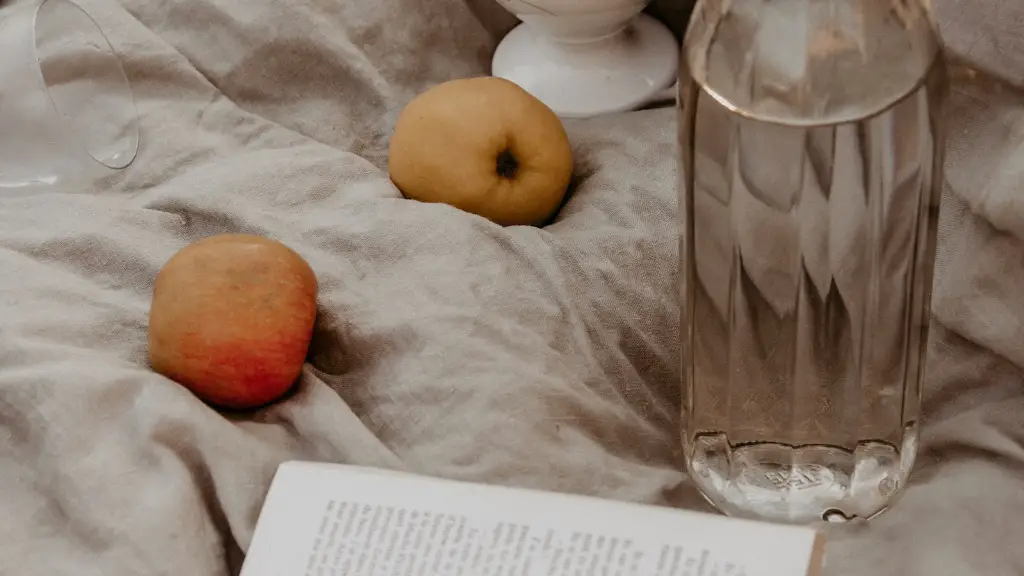Fascination with Nature
John Keats was born in 1795 and is considered one of the greatest English Romantic poets. Beginning at a very young age, Keats had a keen interest in reading, with an early love of Shakespeare’s works, amongst others. He was an avid naturalist, heavily influenced by the beauty of nature and the countryside around him. Throughout his life and works he focused on the idea of living life to the fullest and cherishing every moment.
One of the things that fuelled Keats’ desire to write poetry was his fascination with the natural world. Despite growing up in poverty in London, Keats found solace in the countryside and countryside literature of the time. He was particularly inspired by the natural beauty he observed around him, and this was especially evident in his poetry. He often used imagery of nature to depict feelings and emotions, such as the power of love and mortality. In “Ode on a Grecian Urn”, for example, Keats contemplates the beauty found in a piece of ancient pottery and questions the role of art and beauty in life.
Keats was also inspired by classical literature and philosophy. He was familiar with the works of Homer, Virgil, and other classical authors, and became an adept classicist during his time in school. He deeply admired the works of Aristotle, Pliny, and Plotinus and often used elements of ancient myths and legends in his writing. His odes in particular, including “Ode on a Grecian Urn” and “Ode to a Nightingale”, were heavily influenced by classical aesthetics and poetry.
Keats was also inspired by his own life experiences and emotions. He often wrote on topics such as love and death, exploring his fears and joys through poetry. In his later works, he openly wrote about his illness, which he had been struggling with since his childhood. He often used the imagery of life and death in his works to emphasise his own mortality, as well as the inescapable truth of life. His works are highly emotive and often evoke strong feelings and reactions in the reader.
Keats’ works have endured the test of time and remain highly regarded in modern literature. He is renowned for his skill at depicting vivid imagery and evoking strong emotions and feelings in his readers. He was a master at using language to convey deep meanings, often questioning and exploring complex ideas. His works remain an inspiration for many writers and poets today, and is a testament to his mastery of the craft.
Influence of Other Writers
John Keats was heavily influenced by other poets, particularly the Romantics, due to their vivid imagery and focus on nature and emotion. William Wordsworth was an important influence on Keats, as both poets had similar interest in exploring nature, emotions and the cycles of life and death. Wordsworth’s works resonated deeply with Keats and he often wrote in a similar lyrical, elegant style. Keats was also heavily influenced by Percy Bysshe Shelley, his friend and mentor. Shelley’s works were the first to introduce Keats to the Romantic movement and its ideals. Keats also admired the works of Romantic poet George Byron, who was known for his narrative poetry.
Keats read extensively, and often took inspiration from other authors. He was also heavily influenced by his contemporary poets, such as Samuel Taylor Coleridge, Anne Radcliffe and William Blake. His works often mirrored the views of the Romantics, focusing on the emotions and power of nature, as well as on the need to appreciate and explore life in all its forms. In particular, Keats was heavily influenced by Romantics’ ideals of beauty, aesthetic perfection and the sublime, which can be seen in his works such as “Ode to a Nightingale”.
In addition to literary influences, Keats was also inspired by political and social issues during his time. He increasingly felt the need to speak out and confront the oppressive government and politics; this is evident in works such as “La Belle Dame Sans Merci” and “Hyperion”. In his writing, he actively sought to defy the status quo and challenge restrictive ideals. Above all, Keats was a passionate and determined individual who sought to create and explore beauty in the world.
Connections to the Supernatural
The power of belief in the supernatural was strong and prevalent during John Keats’ lifetime. Keats, like the Romantics, often included elements of the supernatural in his works to explore and combat fear and death. His belief in the supernatural manifested itself in his writings, often in ways of trying to explain the unknown and transcendental aspects of life. Many of his works contain references to folklore and superstition, such as ghosts, demons and witches. In “La Belle Dame Sans Merci”, for example, a knight is drawn into a supernatural and sensual world with a mysterious woman, only to be ultimately abandoned. In “Hyperion”, a tale of a god’s fall from grace and an apocalypse, Keats incorporates mythology, philosophy and supernatural elements to create an interweaving narrative.
Keats’ fascination with the supernatural is also explored in his epic poem “Endymion”. The poem follows the story of Endymion, a shephard who is granted immortality by Diana, the goddess of the moon, only for her to later abandon him. This theme of abandonment and its consequences is threaded throughout the poem. Keats’ use of supernatural imagery, references to classical mythology and exploration of love and mortality reflects his own fear of death and longing for a life beyond mortality. His works often challenge and explore the boundaries between physical and supernatural realms, offering readers an emotional insight into Keats’ own fears.
Understanding Death
One of the most prevalent themes in John Keats’ poetry is death and its power to transform and shape life. Despite being very young himself, Keats was deeply moved by the death of his siblings; this has been cited as a major influence for much of his writing. From a young age, Keats was open about his own mortality and wrote about it extensively. In works such as “Ode to a Nightingale” and “Ode on Melancholy” he reflects on the sadness and bittersweet nature of death, and its ability to change life and reveal new perspectives.
Keats also explored mortality in his longer works. In “Hyperion”, for example, the fall of the titular god represents the human experience of mortality, and the poem reflects both Keats’ fear of dying and the power of life to continue regardless. Keats also wrote about death in his poem “To Autumn”; the gradual, natural death of the season mirrors his own mortality, and the poem reflects his longing for a life beyond death. Through his works, Keats offers readers both his understanding of death and a way to transcend it.
Celebration of Life
John Keats was not just interested in mortality and death. He constantly sought to celebrate life and its beauty. This can be seen in his works such as “To Autumn” and “Ode on a Grecian Urn” where he reflects on the beauty of life and nature, and attempts to portray the joy, pleasure and sorrow inherent in life. Throughout his works, Keats captures the simple beauty of life, whether it be in his description of a flower or a landscape. He urges readers to savour every moment and find beauty in the smallest moments, as life is fleeting and time is precious.
Keats also creates a sense of joy in his works by often ending them on a cheerful note. This can be seen in “Ode on a Grecian Urn”, which ends with the line “Beauty is truth and truth beauty”. This suggests that, in the end, we must accept life as it is, with all its flaws and blemishes. This sense of happiness and appreciation for life and its beauty is a common motif throughout much of Keats’ works, and serves as an ever-present reminder to appreciate life’s beauty and never take it for granted.
The Importance of Hope
The overarching theme in John Keats’ works is that of hope. Keats believed that through hope and faith, life can feel infinitely fuller and brighter. He wrote extensively about the power of hope, and how it can inspire us to reach beyond our boundaries and strive for something more. He associated hope with beauty and light, such as in the poem “Ode to a Nightingale”, where he yearns for the hope offered by the “immortal bird”. In this way, hope and beauty become intertwined, creating a powerful and moving narrative.
Keats was an idealist and a dreamer, and these aspects of his personality have deeply influenced his works. He believed that through beauty, truth and positivity, people can find solace and joy in life. He wrote about the power of optimism and beauty, urging readers to seek out joy and hope in life, even in the darkest of times. His works remain highly relevant today, inspiring many to reach for something more and cherish the beauty of life.
The Power of Music
Music plays an important role in John Keats’ works. It is often used to reflect and emphasise both emotions and themes. In “Ode to a Nightingale”, he uses the nightingale’s song to illustrate his sadness and longing, and how it can transport him away from the woes of life. He also incorporates references to music throughout his works, often to invoke a sense of joy, pleasure and beauty. In “Ode on a Grecian Urn”, for example, he uses music as a metaphor for eternal love and beauty. In his view, music is a source of comfort, transcending our physical boundaries and bringing us closer to a sense of infinite peace.
Furthermore, for Keats, music was a powerful and transformative force that can bring about transformation and change. Music can lift us up, taking us away from the mundane and the everyday, andbringing us joy and solace. In his writing, he often uses music to evoke emotions and feelings, and explores the power of music to bring us closer to the divine.
The Role of Beauty
Beauty was a key concept in John Keats’ works. He was a firm believer in the power of beauty to shape and transform our lives and experiences. He often explored beauty in his works, often through the use of language and imagery. In “Ode to a Nightingale”, he uses the beauty of the nightingale’s song to create a vivid and emotive landscape. He also uses beauty to convey a sense of hope, comfort and peace. In works such as “Ode to a Grecian Urn” and “La Belle Dame Sans Merci”, Keats’ characters find solace and beauty in art, literature and nature.
For Keats, beauty was not just about physical beauty, but an idea and an emotion that can transcend time and space. In his works, he often used beauty as a way of conveying and exploring life’s infinite potential and complexities. He was an idealist and a dreamer, and his works often focus on the power of beauty to allow us to transcend mortality. He believed that beauty could transport us into the divine, allowing us to explore and find peace beyond our physical boundaries.
